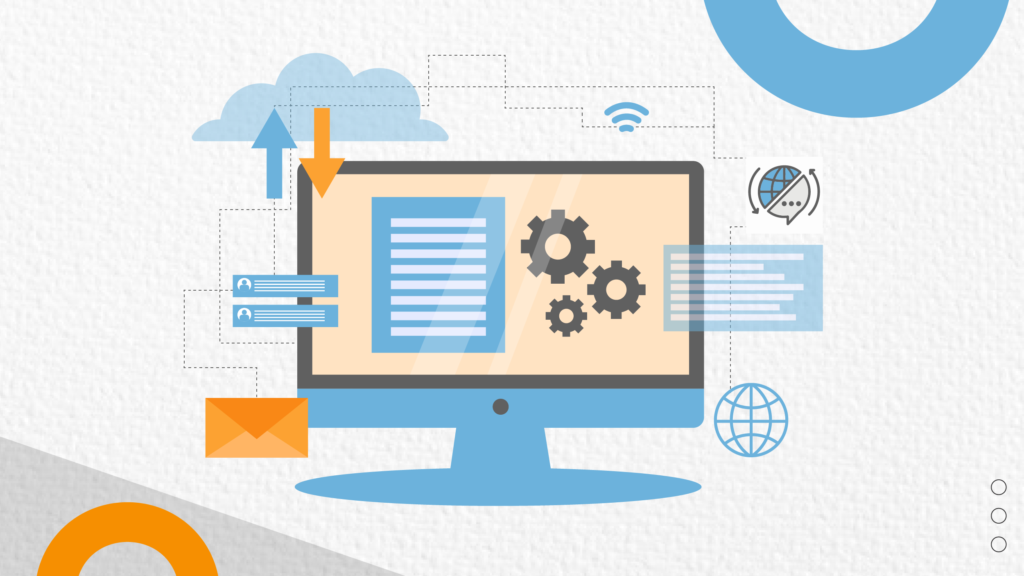Webinar Recap – What Is a Cat Tool and How Does It Work?

That is a wrap for our webinar “What Is a Cat Tool and How Does It Work?“! And let us just say it was a great success! It may sound a bit daring to be self-congratulatory, but the truth is that the feedback from the attendees was like a pat on the back in recognition of good teamwork.
Now we are ready to move on and prepare new content… and more webinars. But before the curtains come down, here you have a handy recap of the main takeaways.
What Is a CAT Tool and What Is Not?
First two facts and one fallacy (explained).
The first fact is that CAT tool stands for Computer-Assisted-Translation, which means that it is a translation software, or, better said, it helps in carrying out such a task. The second fact is that it gives support to the linguists’ work, making it more organised, streamlined, and efficient.
As for the fallacy, the name might lead you to confuse it with machine translation, but it is not that type of tool. In an analogy, it would be like Microsoft Word, which is a text processor (and allows you to read and write), but it does not perform the task for you.
In the following segment, we will look at the advantages of equipping yourself with this technological resource, both for linguists and businesses.
#OptimationalTip: There are several tools for computer-assisted translation and they all share some characteristics, as they pursue the same goal. However, there are a few, such as Smartcat, that go the extra mile and present advanced solutions with constant updates to stay ahead of the curve.
Benefits of a Translation Tool
The benefits of having the technological support that a CAT tool can grant you are many and varied. Mainly because those who profit are not only the linguists and translation agencies but also the end users of the target content.
Let us analyse the main advantages separately to get a better overview.
Benefits for Linguists and LSPs
When thinking about what a CAT tool is, we could also describe it as a digital resource assembled with the necessary features to make the translation process seamless from beginning to end. Features such as integration with plugins and apps, task automation, format compatibility, etc. Thanks to them, we enjoy benefits including the following:
- Increased productivity
- Improved quality
- Reduced repetitive task times
- Better organisation and distribution of tasks
- Higher consistency
- Enhanced communication channels
Benefits for Businesses and End Users
The benefits for linguists extend to end users, such as your business. Since, due to the increase in productivity and overall process optimization, you can obtain:
- Lower costs
- Re-utilisation of previously translated texts
- Top quality assurance
- Reduced turnaround times
- Higher adherence to glossaries and style guides
- Timely and effective communication
#OptimationalTip: Other key features to leverage are the enablement of translation memories and support for collaborative work. Also, compatibility with QA check, integration with machine translation engines, and more. In our last webinar session, we discuss this in detail, in case you want to watch it on-demand.
The Translation Process and the Tool Support
The following are the most common steps in which software for translators enables the systematisation of the process (completely or partially.)
- The PM defines the responsible individuals for each step and task.
- The PM notifies the translators about the project definitions and specifications.
- The translators carry out the linguistic exchange and notify the PM once they have finished.
- The editors start fine-tuning and correcting details. Then, they reach out to the PM.
- The proofreaders play their role and report back to the PM once they have completed the process.
- Finally, the PM sends the translated files to the client.
As to the concrete pros of counting on a technological instrument, we can mention some examples. First, the best translation tools enable PMs to assign tasks from within the tool—with almost no need for manual output. And second, when each stakeholder finishes, they mark the end in the tool—without the need to communicate by any other means.
To Wrap Up: A Technological Ally for Success
If we think about bringing the question of what is a CAT tool to a close, we should also describe it as a technological ally for keeping pace with the prevailing agility in current work models, across all industries. The best CAT tools for translation enable us to modernise the process to achieve quality and scalable results by optimising time and resources.
As we have seen, the benefits for businesses that need precise solutions and answers for going global are unparalleled. As well as the advantages for professionals that want to be at the top of their game and seek state-of-the-art technology. In this way, all parties can ensure to remain competitive in a fierce market.
At Optimational, we work with CAT tools to ensure we meet our clients’ goals and expectations. If you are looking for modern tailor-made solutions contact us today.


